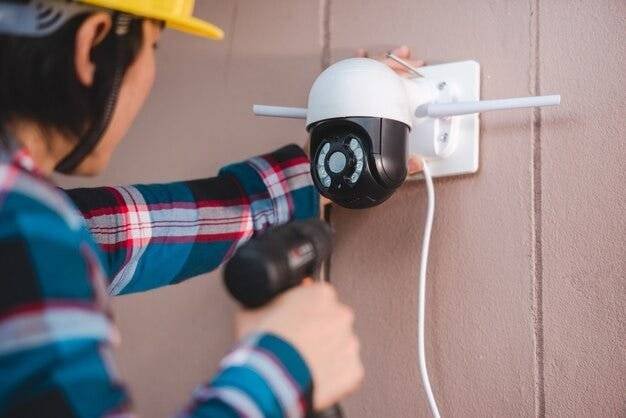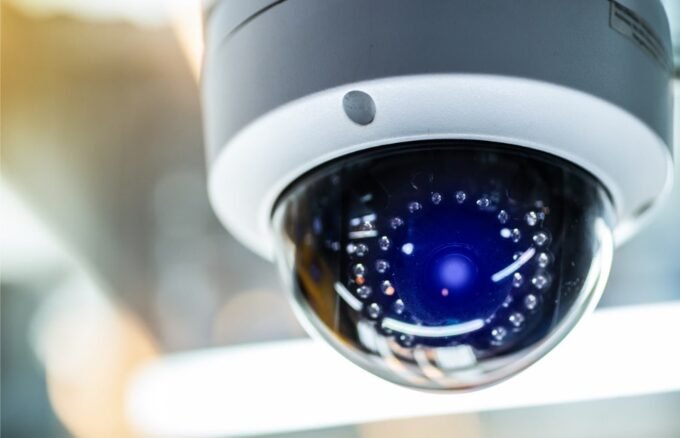What is CCTV and how does any organization use it?
CCTV stands for Closed-Circuit Television. It refers to a system of video cameras that transmit a signal to a specific, limited set of monitors, typically used for surveillance and security purposes. Unlike broadcast television, the signal is not openly transmitted; it is “closed” in that it is accessible only to those who are authorized to view it.
How Organizations Use CCTV:
- Security and Surveillance:
- Monitoring Premises: Organizations use CCTV to monitor their premises, including offices, warehouses, and entry/exit points, to deter and detect unauthorized access or criminal activities.
- Real-Time Monitoring: Security personnel can observe live footage from cameras to respond to incidents as they happen.
- Incident Investigation: Recorded footage can be reviewed after an incident (like theft, vandalism, or trespassing) to identify perpetrators and understand what happened.
- Employee and Asset Monitoring:
- Employee Safety: Cameras in hazardous areas can help ensure that safety protocols are followed and provide real-time alerts if an employee is in danger.
- Asset Protection: Monitoring valuable assets like equipment, inventory, or data centers helps prevent theft or damage.
- Customer and Visitor Management:
- Entry Control: CCTV can be used at entry points to monitor and record the identities of visitors and ensure that only authorized individuals gain access to certain areas.
- Behavior Analysis: In retail environments, CCTV can help in understanding customer behavior, improving store layouts, and detecting shoplifting.
- Compliance and Record-Keeping:
- Regulatory Compliance: Some industries are required by law to maintain surveillance for safety, security, or compliance reasons.
- Audit Trails: CCTV footage can provide a reliable record for audits, inspections, or investigations into compliance with company policies.
- Remote Monitoring:
- Offsite Surveillance: Organizations can set up remote access to CCTV systems, allowing security teams or management to monitor the premises from any location via the internet.
- Deterrence:
- Crime Prevention: The mere presence of CCTV cameras acts as a deterrent to potential criminals, reducing the likelihood of incidents.
Types of CCTV Systems:
- Analog CCTV: Traditional systems where cameras are connected to a recording device via coaxial cables.
- IP (Internet Protocol) CCTV: More modern systems where cameras transmit data over a network, offering higher resolution and easier integration with other systems.
- Wireless CCTV: Cameras that transmit data wirelessly, often used in situations where running cables is impractical.
Implementation Considerations:
- Camera Placement: Strategic placement is crucial for effective surveillance, covering key areas like entrances, exits, and high-risk zones.
- Data Storage: Organizations must plan for sufficient storage capacity, especially if they require high-definition footage or long retention periods.
- Privacy Concerns: It’s important to balance security needs with privacy rights, ensuring cameras do not intrude on private areas like restrooms or break rooms.
CCTV systems are a versatile tool for organizations, helping enhance security, ensure safety, and provide valuable data for various operational needs.




